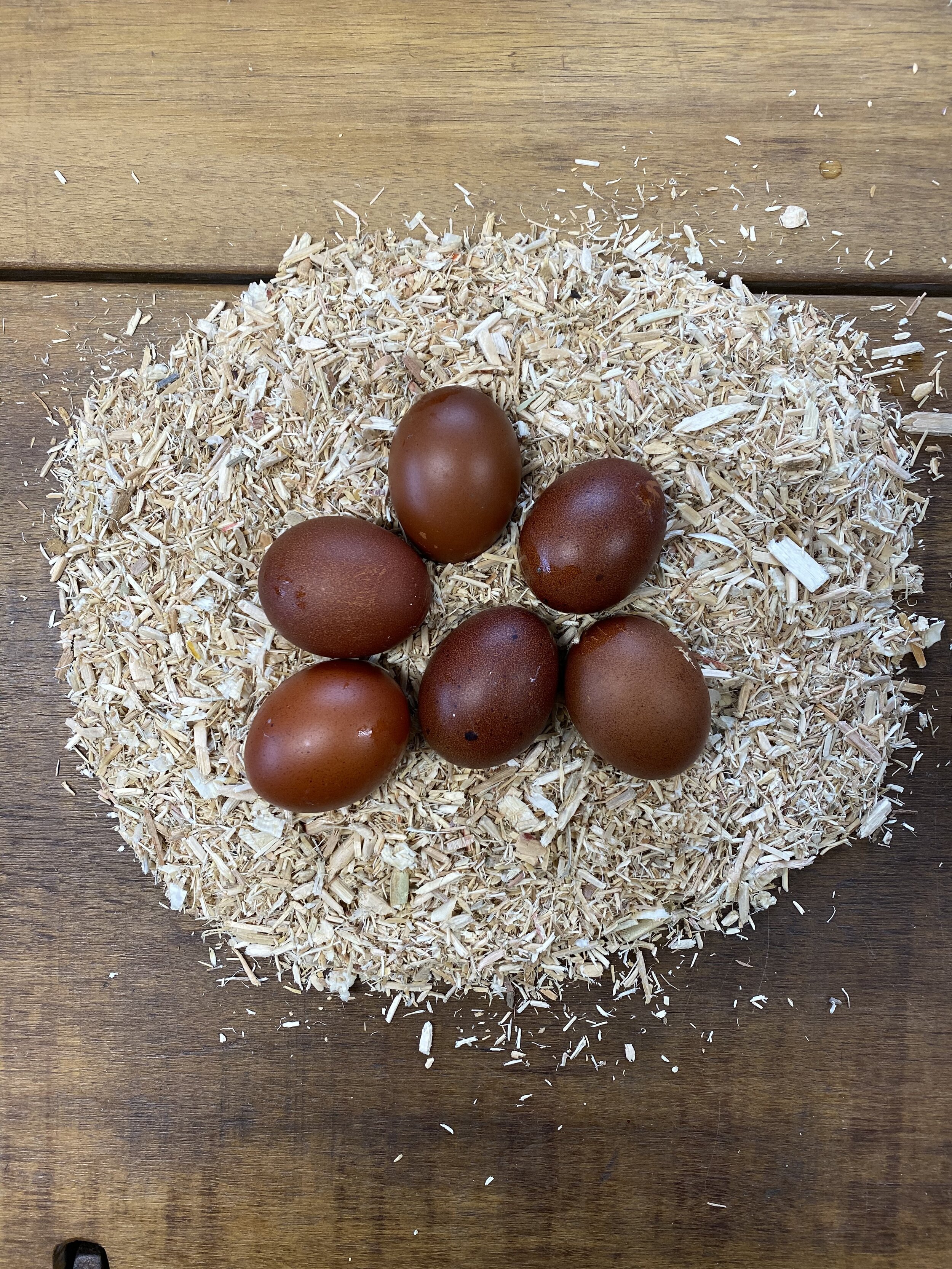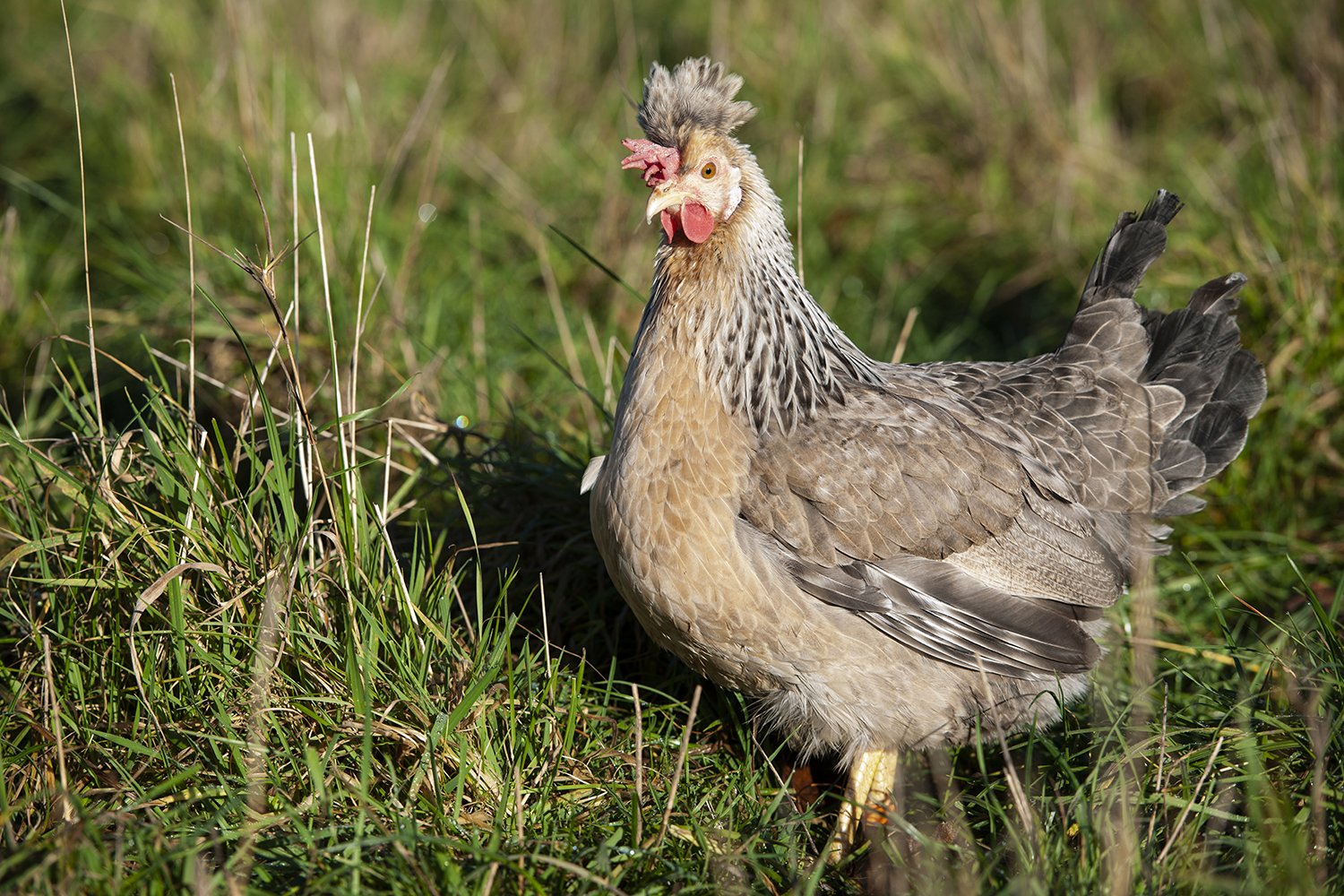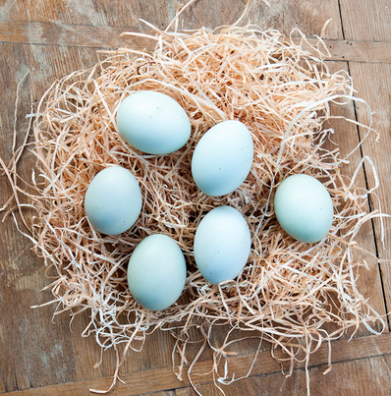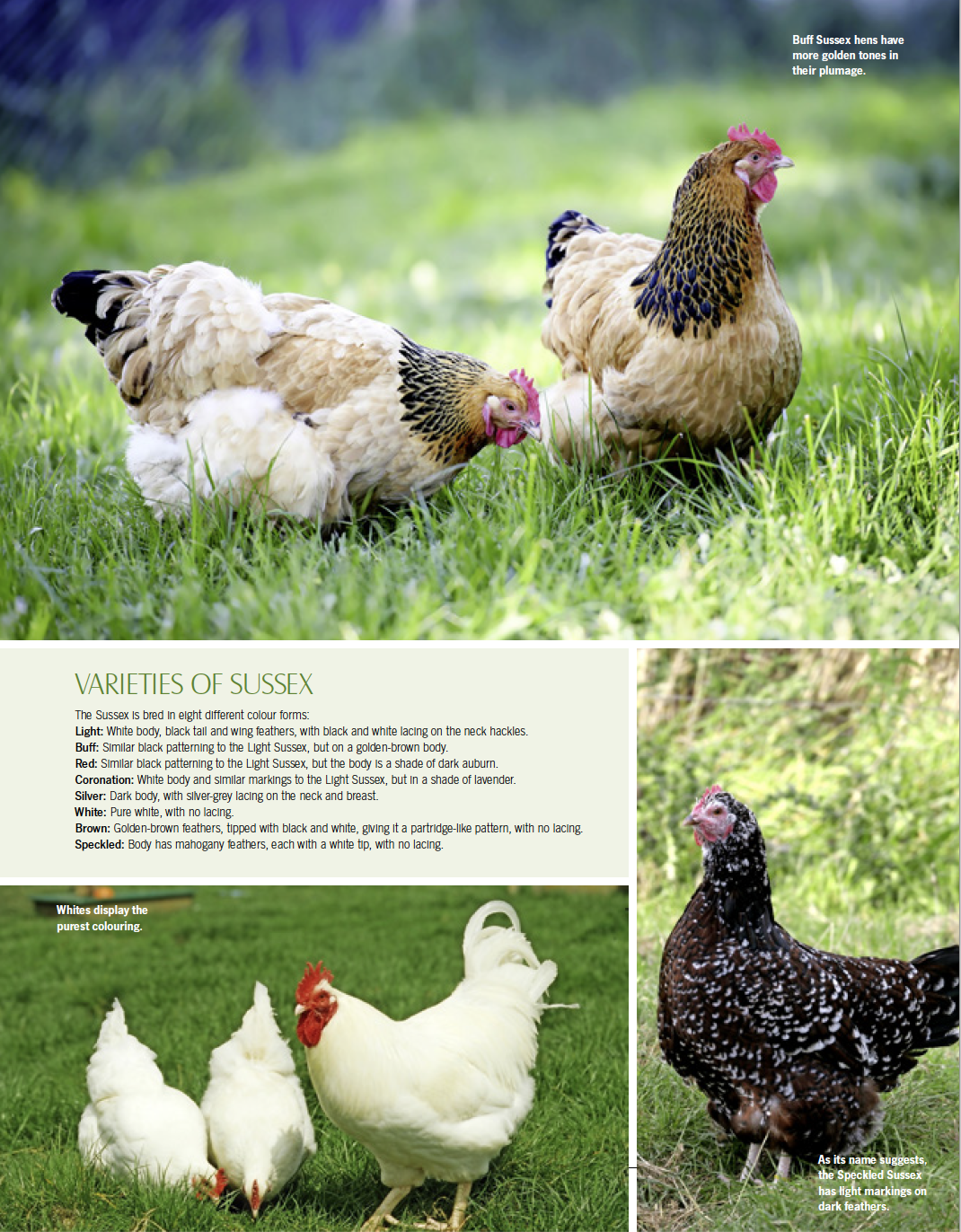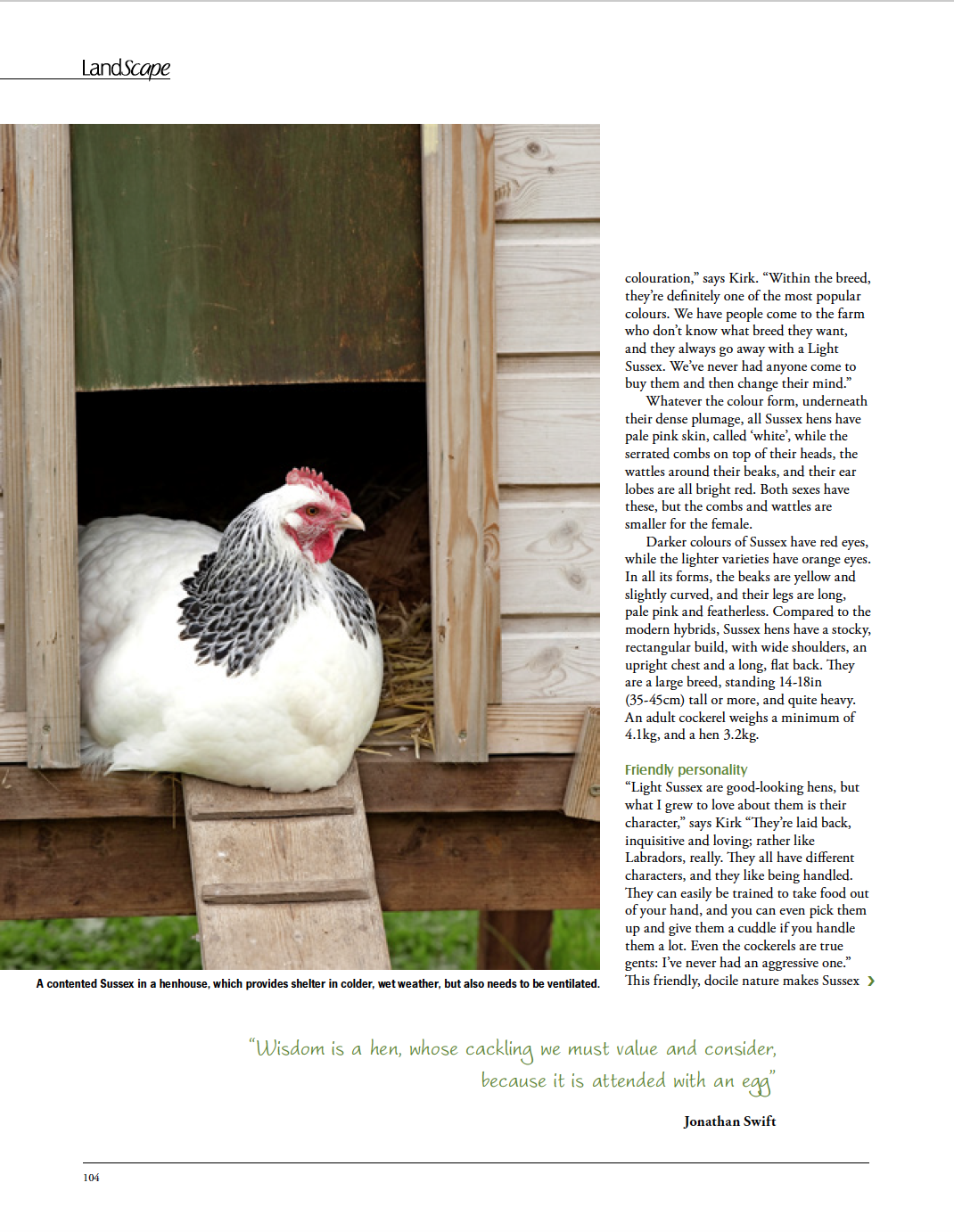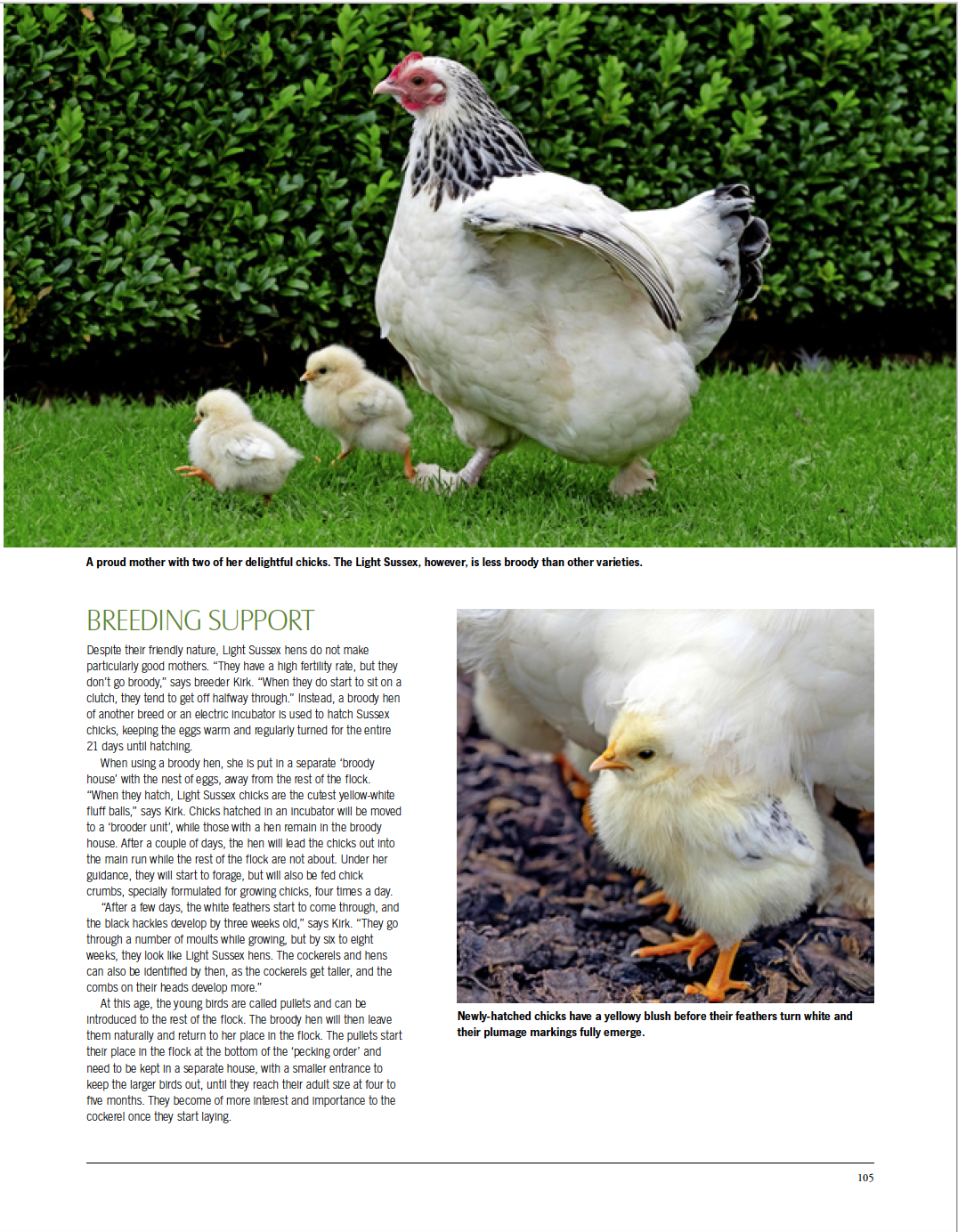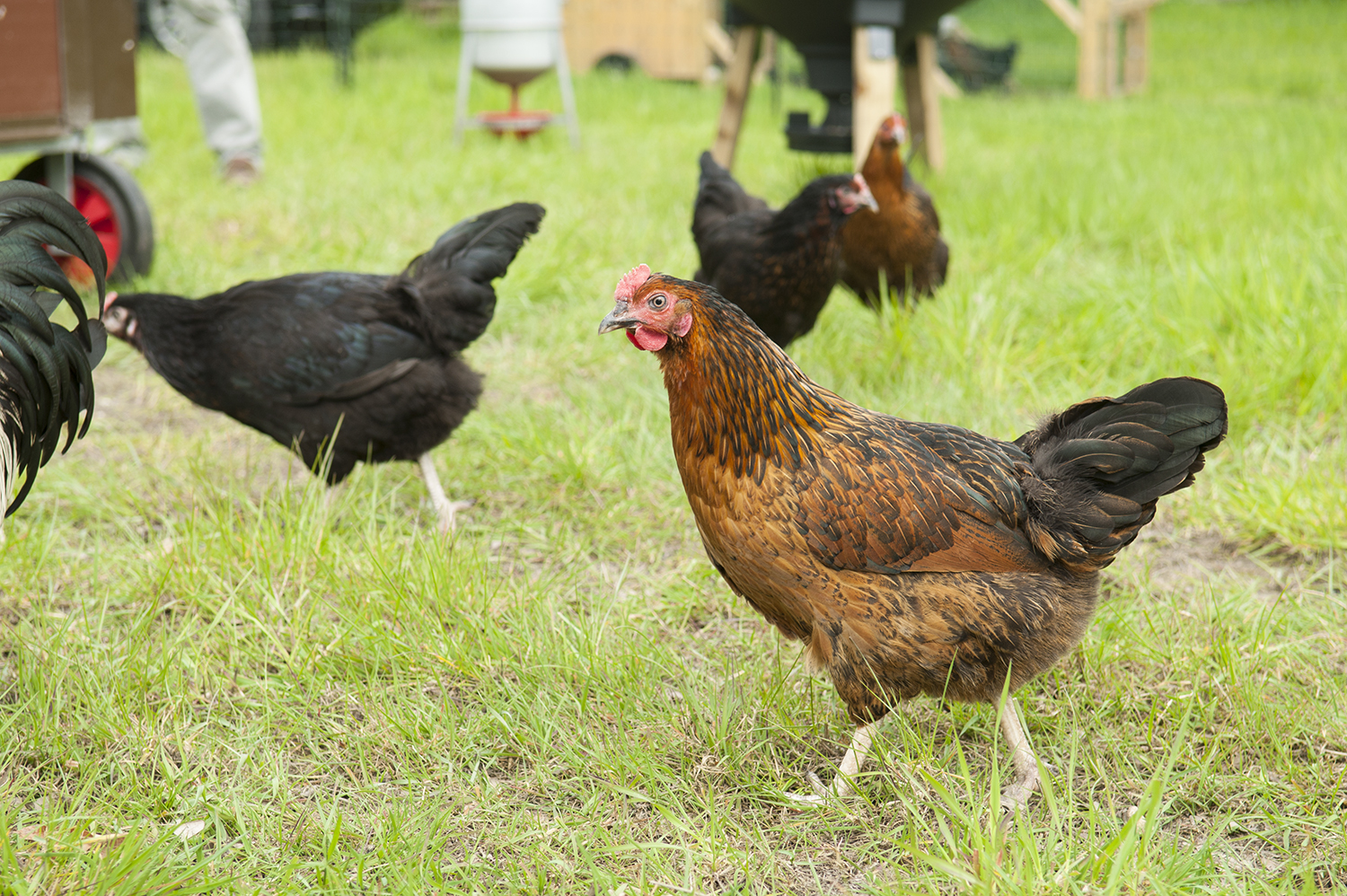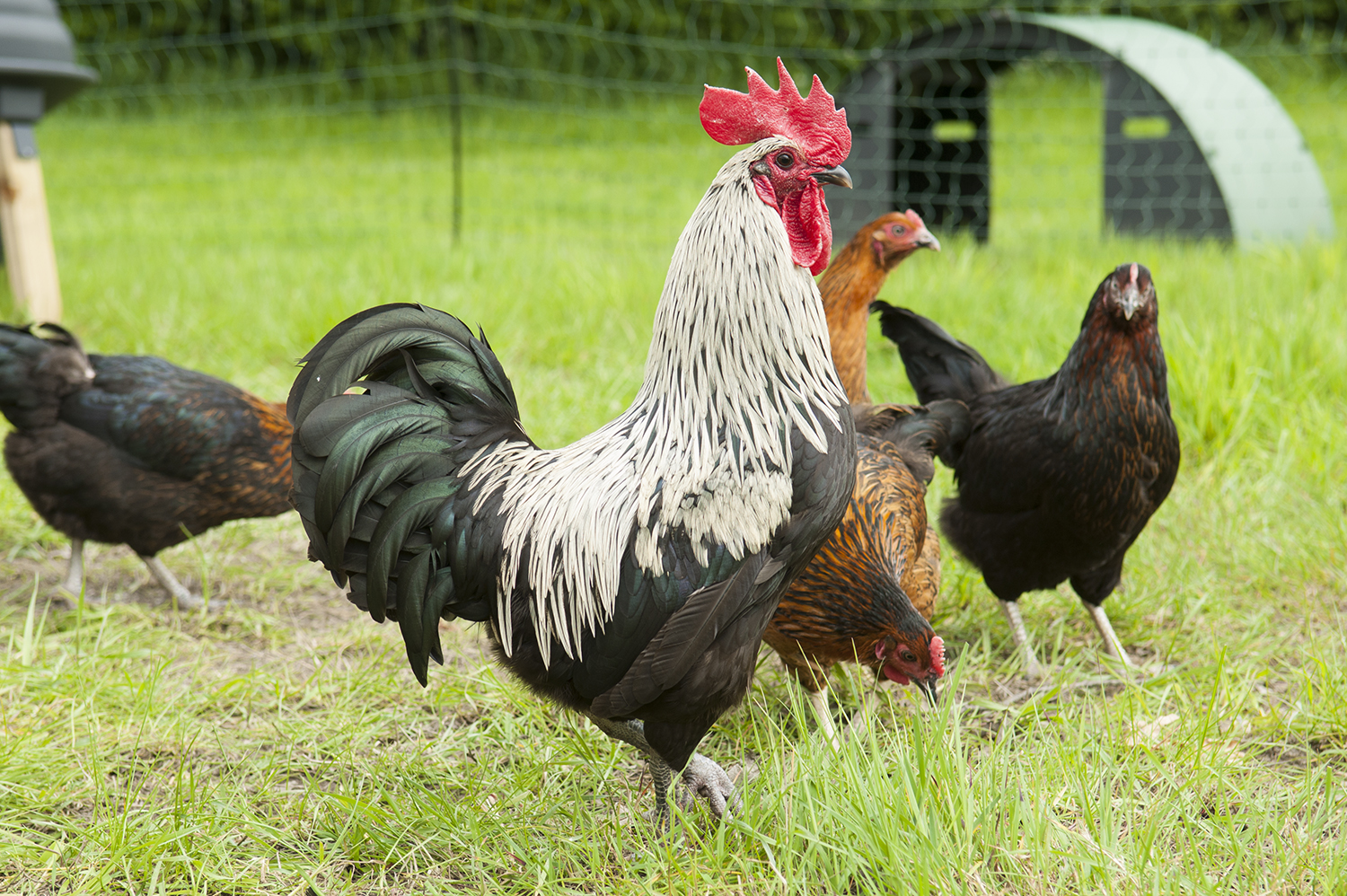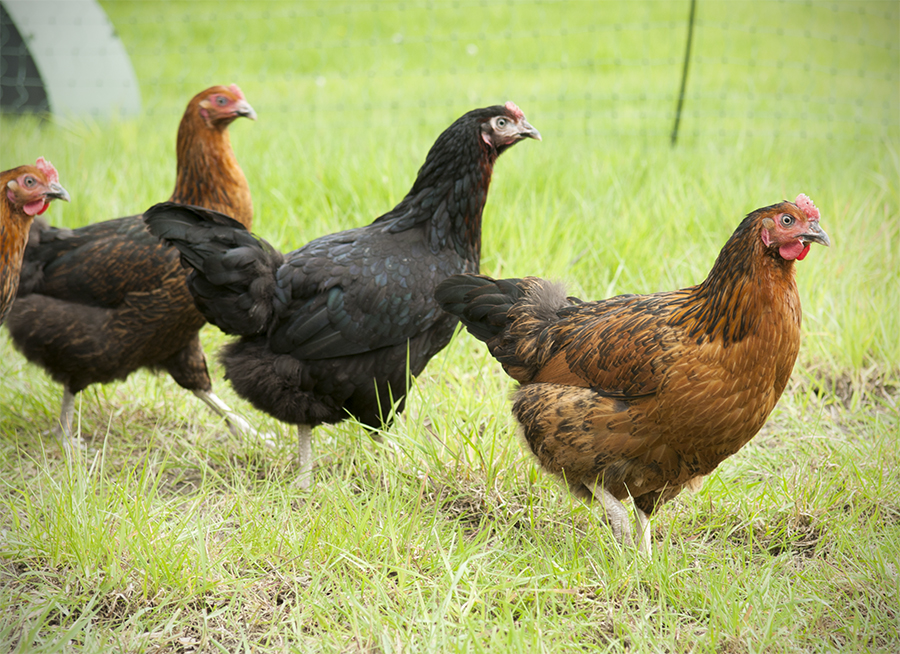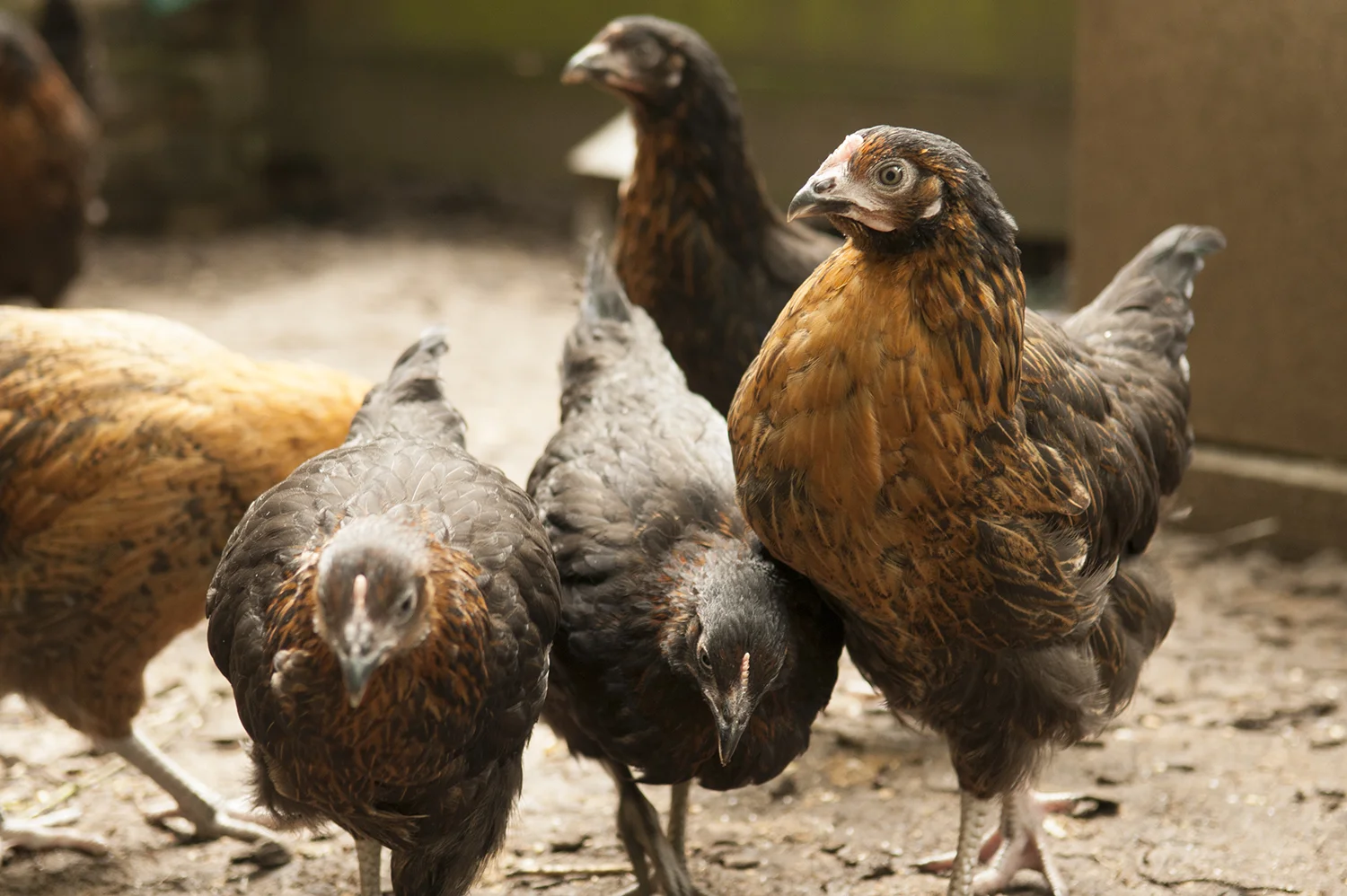When you decide to bring hens into your life and backyard, you'll find two primary avenues to choose from: raising rare breed hens or rescuing battery hens. Each option has its own set of advantages and disadvantages, which we'll explore to help you make an informed decision.
Advantages of Raising Rare Bred Hens:
Heritage and Aesthetics: Rare breed hens often come in a variety of captivating colors, feather patterns, and sizes. They can add an element of beauty and diversity to your flock that's visually appealing.
Conservation of Biodiversity: By raising rare breed hens, you contribute to the preservation of endangered or less common poultry breeds, helping to maintain genetic diversity in poultry populations.
Character and Personality: Rare breeds are known for their unique personalities and quirks. Some are docile, friendly, and great for families, while others are more independent or adventurous, adding charm and entertainment to your flock.
Show and Exhibition: If you're interested in poultry shows or competitions, rare breeds often meet specific breed standards, making them eligible for exhibition.
Disadvantages of Raising Rare Bred Hens:
Cost: Rare breed hens are typically more expensive to purchase initially. Their cost is often higher due to their scarcity and the efforts required for breeding and maintenance.
Limited Availability: Depending on your location, finding specific rare breeds may be challenging, and there might be a waiting list. You may need to travel or rely on specialty breeders.
Lower Egg Production: Rare breeds may not be as prolific egg layers as commercial breeds. If your primary goal is egg production, you might be disappointed.
Advantages of Rescuing Battery Hens:
Saving Lives: By rescuing battery hens, you provide a second chance for hens that have endured harsh conditions in commercial egg production facilities. It's a humane and compassionate choice.
Consistent Egg Production: Battery hens are typically strong layers. You can expect a regular supply of eggs, making them a practical choice for households that rely on eggs.
Affordability: Rescued hens are often more affordable than rare breed hens, making them a budget-friendly option.
Satisfaction in Helping: The joy of seeing formerly neglected hens flourish under your care can be deeply rewarding.
Disadvantages of Rescuing Battery Hens:
Health Challenges: Battery hens may have health issues due to their previous living conditions, such as feather loss or weak immune systems, which may require more attention and care.
Unknown Background: When you rescue battery hens, you might not know the specific breed or genetic history of the hens, which can affect their behavior and egg-laying capabilities.
Shorter Lifespan: Battery hens may have a shorter lifespan compared to rare breed hens due to the stress and physical demands they've endured.
In conclusion, the choice between raising rare breed hens and rescuing battery hens depends on your personal preferences and priorities. Rare breeds offer aesthetic appeal, unique personalities, and the satisfaction of preserving heritage breeds. On the other hand, rescued battery hens provide a chance to make a meaningful difference in the lives of animals, reliable egg production, and cost savings. Ultimately, the decision should align with your values, goals, and the kind of experience you desire as a backyard flock owner.





